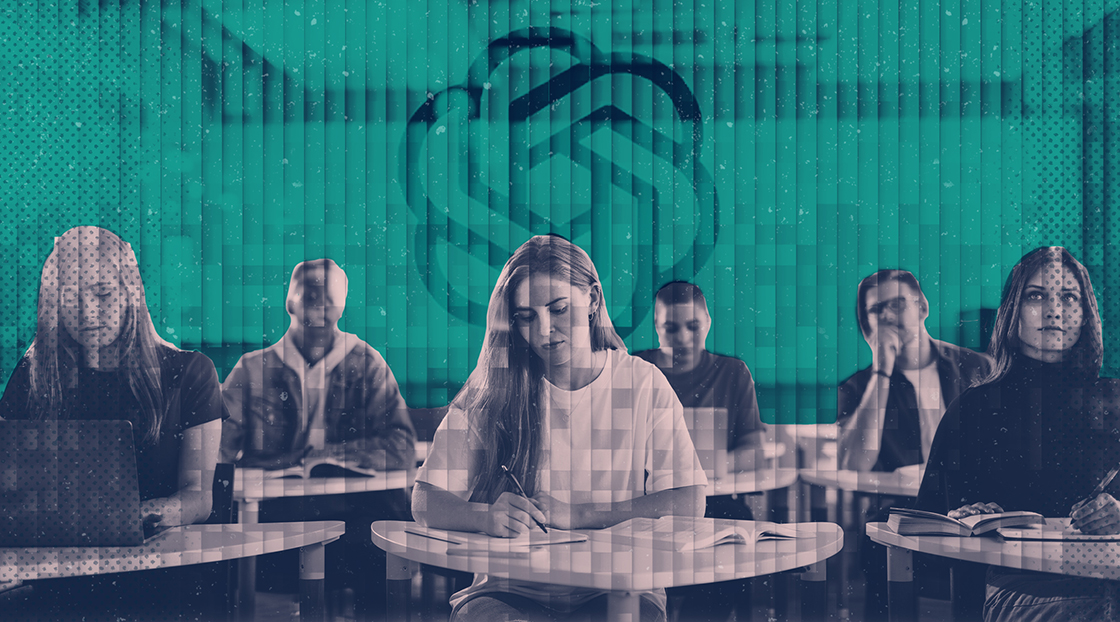Imagine a university lecture hall of 200 students in which a single professor gives every student a personalized lesson plan based entirely on individual strengths and learning style: a unique syllabus tailored to each student that offers the absolute best possible chance for them to succeed in the class.
Now imagine that instead of a small handful of major-milestone exams — like the midterm, a few homework assignments, a term project and the final exam — the class offers continuous assessments of students’ performance throughout the semester, complete with personalized feedback based on their learning strengths.
Higher-ed has dreamed of and slowly crawled toward such an ideal for the past 20 years — mostly in the name of accessibility and social equity. But schools could only do so much with finite budgets, manpower and hours in a day.
Yet artificial intelligence, particularly the AI boom of the past 12 months, has changed everything. Interviewed scholars at the cutting edge of this fast-growing technology say the coming years will make the personalized student learning experience a reality, speeding up a decades-long process in just months.








